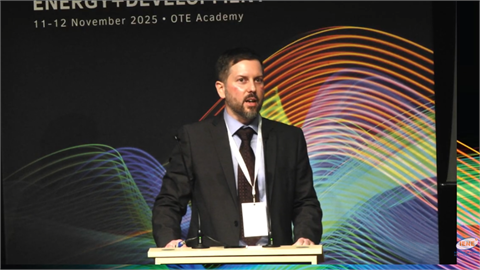The Institute of Energy for South-East Europe (IENE) is stepping up preparation work for the forthcoming edition of its flagship publication, the South East Europe Energy Outlook. This seminal study, now in its latest iteration, is widely recognized as a key reference work for energy developments across the region and beyond. With a target publication date set for the end of September 2025, momentum is building to ensure that the study is both timely and comprehensive.
The Outlook 2025 will provide in-depth analysis and projections across the entire energy spectrum for South East Europe, a region encompassing 14 countries with diverse energy profiles, varying degrees of market liberalization, and differing levels of infrastructure maturity. These include EU member states, Western Balkan countries, as well as Turkey, Ukraine, Moldova, and Georgia — all of which play crucial roles in the regional energy landscape.
This ambitious undertaking brings together more than 25 expert contributors from across the region and beyond, representing a wide range of disciplines including energy economics, policy, markets, infrastructure, and sustainability. In a key milestone, a coordinating online meeting was successfully held on April 20, bringing together all contributing authors and research associates. The meeting served as a platform for aligning editorial goals, refining the study’s structure, and ensuring consistency in the analysis and methodology.
Participants in the April meeting discussed country-level progress, shared preliminary findings, and confirmed the upcoming editorial deadlines. With approximately 60% of the content already completed, the study is well on track. A final cut-off for all editorial contributions has been set for July 2025, providing ample time for peer review, data verification, and final production.
The South East Europe Energy Outlook has long been praised for its authoritative analysis and forward-looking perspective. The 2025 edition will offer a deep dive into national energy balances, investment trends, policy developments, and energy transition challenges across the region. It will also address cross-border interconnections, the role of renewables, energy security, and the impact of EU Green Deal policies on non-EU members.
“The Outlook is not just a publication—it’s a regional initiative that reflects the collective effort of top energy professionals in SEE. It offers policymakers, investors, and academics a strategic view of what lies ahead,” noted IENE Executive Director Mr. Costis Stambolis. “We are grateful to our network of contributors, whose commitment and expertise are helping shape this important body of work.”
Underscoring the importance and credibility of the study, some 15 major energy companies from across South East Europe have stepped forward to support this major endeavour as Sponsors and Supporters. These include leading firms involved in oil and gas, electricity generation and transmission, renewable energy, legal firms, and energy services.
Their engagement not only reflects the value that the Outlook provides to the energy community but also demonstrates the growing interest in coordinated energy strategies across borders in light of geopolitical developments, market volatility, and climate commitments.
To ensure the Outlook 2025 reaches a broad and influential audience, IENE is planning a series of promotional events and road shows following its publication. These events will take place in key capital cities across South East Europe, from October 2025 through May 2026. They will offer an opportunity to present key findings of the study, engage with stakeholders, and foster dialogue on energy cooperation, investment, and policy harmonization.
Each event will include panel discussions, high-level presentations, and networking opportunities, attracting participants from governments, regulatory bodies, industry, financial institutions, and academia.
As South East Europe continues to navigate a complex energy landscape—marked by the twin imperatives of energy security and decarbonization—the South East Europe Energy Outlook 2025 promises to be a vital tool in shaping informed decision-making. By mapping the region’s energy dynamics and highlighting opportunities for investment and cooperation, IENE once again reaffirms its role as a leading think tank and convener of dialogue in the energy sector.
With the bulk of the analytical work nearing completion, and strong momentum from contributors and sponsors alike, all eyes are now on the final stretch leading to publication. The months ahead will be critical, but the progress to date signals that the Outlook 2025 is well on course to deliver a high-impact, authoritative study that will inform regional energy policy for years to come.




